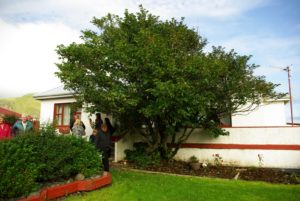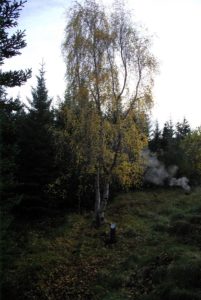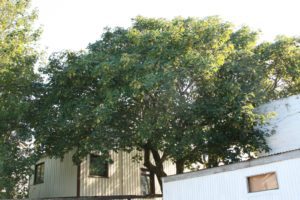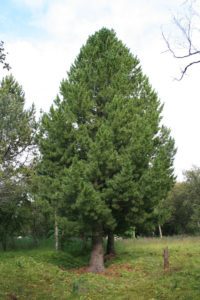The Tree of the Year 2012 is a grey poplar in the garden of Brekkugata 8 in Akureyri. Grey poplar is a hybrid of common aspen (Populus tremula) and silver poplar (Populus alba) and is a popular garden tree in Europe but not very common in Iceland. The house at Brekkugata was originally built in 1925. In 1929 it was purchased by the merchant Axel Kristjánsson and turned out to be badly built, requiring extensive repairs that started in 1934. Axel’s daughter believes the tree was planted after the rebuild, either in 1934 or 1935. Where it originally came from is not known. The poplar takes more after the silver poplar side of the family in terms of leaf shape and colour. It also has a very rough bark, with thick grooves. The tree was measured at the nomination ceremony and was found to be 13,55 m in height, with a trunk circumference of 2,3 m at chest height.
Location on Google Maps: https://goo.gl/maps/v4kXFk28sVyXXoYj6

SONY DSC











Nýlegar athugasemdir